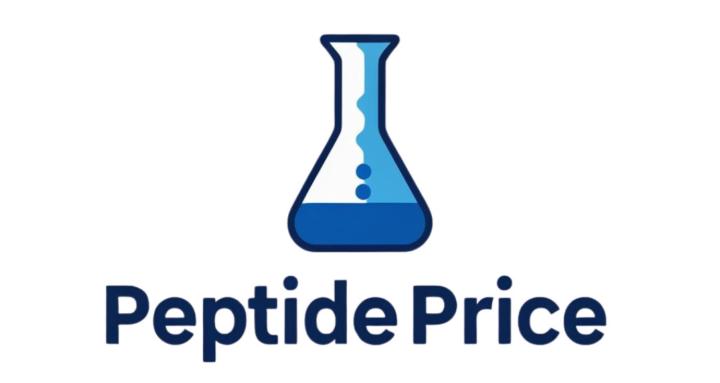⭐
🔥
1d • Peptide Tips
The Truth About Batch Numbers in Research Companies 🧪
Let's clear up some confusion about batch numbers and why they actually matter for transparency, even when vendors create them internally.
Here's the Reality:
Batch numbers are typically assigned by the vendor themselves - not some external authority. But before you think "that's meaningless," hear me out on why this is actually part of a solid transparency system.
How It Should Work in an Ideal World:
The Gold Standard Process:
- Vendor receives a new shipment of peptides from third-party warehouse/overseas supplier
- Vendor assigns a new batch number to this shipment
- Critical step: Vendor tests a sample from this specific batch
- COA (Certificate of Analysis) is generated with results tied to that batch number
- Process repeats with every new purchase/shipment
What to Look For as a Consumer:
✅ Timeline of updated COAs every 3-6 months
✅ Changing batch numbers over time (this is actually GOOD - it shows ongoing testing)
✅ Fresh test dates that align with batch changes
Why Trust Still Matters:
Yes, you're putting trust in the vendor to:
- Actually test each new batch (not just copy old results)
- Use legitimate testing facilities
- Accurately report results
- Assign new batches when they receive new shipments
Red Flags to Watch For:
❌ Same batch number for months/years without change
❌ COAs with dates that don't make sense
❌ Refusing to provide batch-specific documentation
❌ Vague or missing testing information
Bottom Line:
Batch numbers might be "made up" by vendors, but they serve as a crucial tracking system for quality control. When done right, you should see a pattern of rotating batch numbers with corresponding fresh COAs - this indicates the vendor is continuously testing new inventory rather than riding on old results.
The transparency isn't in who creates the batch number - it's in the consistent testing and documentation that follows.
2:56
29
12 comments

skool.com/peptideprice
Premier peptide education hub. FREE courses on research peptides & GLP-1s. US supplier intel, safety protocols & expert community support. 🧬🚀
Powered by





